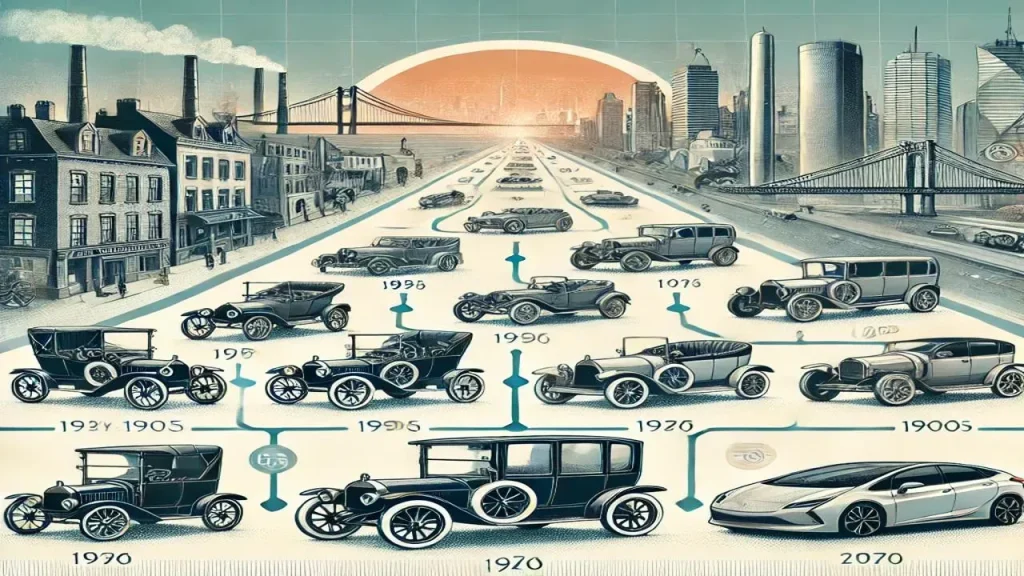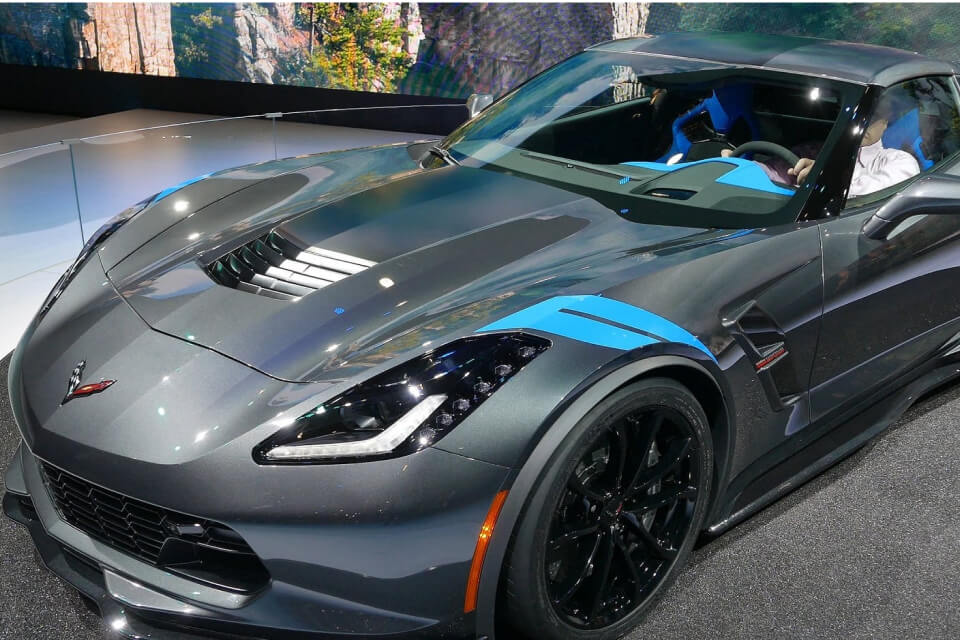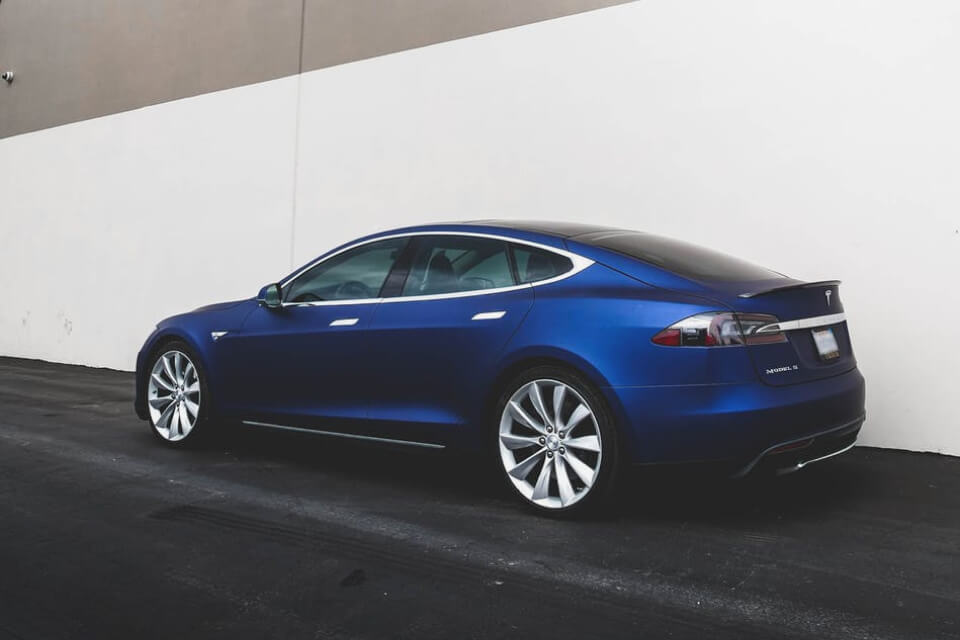The history of the automobile is a story of invention that reshaped cities, economies, and daily life. From the earliest wheels to modern propulsion, this saga blends engineering skill with social change to explain how mobility became a cornerstone of modern society. In this overview of automobile evolution, we trace how ideas, designs, and manufacturing techniques reshaped performance and daily use. Along the way, innovations—from steam power to electric drive and smart safety features—illustrate a steady push toward reliability, accessibility, and connected mobility. By framing progress as a journey from wheel to autonomous vehicles, we’ll see both the long arc of progress and the disruptive moments that redirected the course of transportation.
Viewed through a broader lens, the subject becomes the evolution of mobility rather than a single machine. Think of the story as the progression of motorized transportation, propulsion technology, and vehicle design that together reshaped cities and economies. This alternative framing emphasizes the vehicle’s social and economic footprint, including urban planning, manufacturing ecosystems, and consumer culture that grew around wheels. As innovation accelerates, sensors, software, and intelligent control systems are expanding what a road vehicle can achieve, signaling a new era of connected, autonomous mobility.
History of the automobile: From the Wheel to Autonomous Vehicles
From the earliest wheels attached to carts to powered machines, the history of the automobile is a record of problem solving and adaptation. In tracing the history of the automobile, we see a shift from animal power to engineering designed for control, speed, and reliability. Early experiments with steam engines—such as Nicolas-Joseph Cugnot’s road vehicle of 1769—showcased the promise of powered mobility, even as the era’s speeds and practicality remained limited.
The breakthrough came with the internal combustion engine and a purpose-built chassis. The Benz Patent Motorwagen of 1886 demonstrated a practical powertrain, steerable front wheels, and a recognizable car geometry, signaling a new era of automobile evolution. This moment opened a cascade of innovations that would drive a long car history timeline, including mass production, standardized components, and the social shifts that turned personal mobility into everyday reality.
Milestones in automotive history: Evolution of the Automobile, Car History Timeline, and Automotive Technology Development
Mass production reshaped the industry and pushed mobility into the mainstream. Ford’s assembly line and the Model T, introduced in 1908, lowered costs, boosted reliability, and unified design language across the globe. This period marked a clear milestone in mobility: the democratization of transport as more households could own a car, reshaping cities, work patterns, and leisure. The milestones in automotive history are reflected in a growing car history timeline and the emphasis on durability, serviceability, and standardized parts as foundations for widespread use.
Safety, electronics, and propulsion advances widened the boundaries of what automobiles could do. The mid-century focus on brakes, steering, tires, and crash protection gave drivers more confidence, while the electronics revolution began to reframe engine control and information systems. In recent decades, automotive technology development has accelerated through hybrids, advanced driver assistance, and sensor fusion, culminating in conversations about from wheel to autonomous vehicles and the future of intelligent mobility.
Frequently Asked Questions
What are the key milestones in automotive history that mark the journey from the wheel to autonomous vehicles, and how do they illustrate automobile evolution?
Key milestones in automotive history include Cugnot’s 1769 steam road vehicle, the Benz Patent Motorwagen (1886), and Ford’s Model T (1908), which together illustrate automobile evolution. The birth of mass production democratized mobility and expanded the car history timeline into everyday life. Subsequent decades brought safety and electronics advances—hydraulic brakes, ignition and engine control units, and improved ergonomics—leading to integrated automotive technology development. In the late 20th and early 21st centuries, electrification and AI-powered driver assistance—culminating in autonomous concepts—defined the ongoing arc from wheel-based beginnings to autonomous vehicles.
How has automotive technology development shaped the car history timeline from wheel to autonomous vehicles?
Automotive technology development has driven every phase of the car history timeline. From steam power and early internal combustion to mass production, safety innovations, and electronic controls, developments have increased reliability, performance, and safety. The late 20th century brought electrification, hybrids, and advanced emission systems, broadening what cars can do and how they operate. In the 21st century, AI, sensors, and onboard computing enable driver assistance and autonomous mobility, so the story moves from wheel to autonomous vehicles.
| Era / Topic | Key Points | Notable Milestones / Examples |
|---|---|---|
| Introduction | The history of the automobile highlights human ingenuity and its broad impact on economies, cities, and daily life; a journey from wheel-based transport to AI-driven mobility. | Framing the narrative as a progression from wheel to AI shows progress, disruption, and refinement across eras. |
| The Early Era: Wheels, Steam, and Internal Combustion | From wheeled carts to steam power and then the internal combustion engine, focusing on practical powertrains and propulsion systems. | 1769 Cugnot steam road vehicle; Benz Patent Motorwagen (1886) as the first purpose-built IC automobile. |
| Mass Production and the Democratization of Mobility | Shifts from artisanal builds to scalable manufacturing; cost reduction expands access to personal mobility. | Ford assembly line era; Model T (1908) as a milestone in reliability, simplicity, and affordability. |
| Safety, Performance, and Design | Improved safety, ergonomics, and comfort; integration of form with function; advances in braking, tires, and steering. | Hydraulic brakes; safer steering geometries; later electronics and infotainment influencing design priorities. |
| Electrification, Emissions, and the Energy Challenge | Growing emphasis on efficiency and emissions; introduction of hybrid propulsion and electronic controls. | Hybrid vehicles (e.g., Prius); exhaust aftertreatment; lightweight materials; EPA/standards impact. |
| Dawn of AI, Autonomy, and a New Mobility Era | Sensors, software, and data shift driving from mechanical to software-driven mobility; more automated safety features. | Lidar/radar/cameras; onboard computers; driver assistance and autonomous operation concepts. |
| Today and Tomorrow: A Living History of Innovation | Contemporary landscape blends ICE with electrification and advanced driver assistance; ongoing urban and policy considerations. | AI features, charging networks, safety enhancements, and smart mobility services shaping future readiness. |
Summary
The history of the automobile is a long, interconnected narrative about human ambition and practical problem solving. From the wheel to AI, milestones in automotive history reveal a pattern: each breakthrough opens new possibilities, reshapes industries, and changes how people live and work. The evolution is not just about faster cars but about smarter, safer, and more accessible mobility for communities around the world. Looking ahead, the convergence of mechanical design, electronic control, and intelligent systems will continue to redefine what it means to move through space, as energy, safety, data, and human experience shape the next chapters of automotive history.



